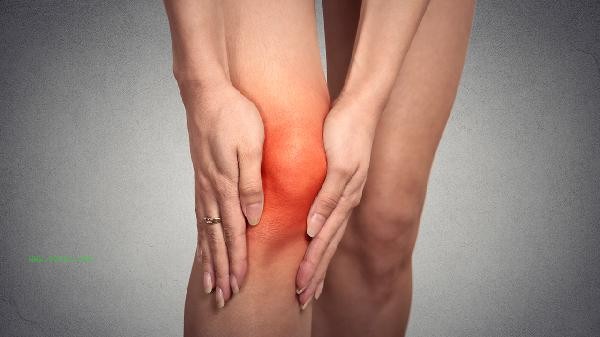It is recommended to prioritize exercising the chest muscles, back muscles, leg muscles, shoulder muscles, and core muscles to increase muscle mass in thin individuals. These parts belong to the large muscle group, which can quickly increase basal metabolic rate and promote coordinated development of muscles throughout the body.

1. Chest muscles
Chest muscles are one of the most prominent muscle groups in the human body, including the pectoralis major and pectoralis minor muscles. The overall development of the chest muscles can be stimulated through compound movements such as flat press and upward oblique press. In the initial stage, it is recommended to use medium weight and high frequency training, with two chest training days per week, selecting 3-4 movements each time, and completing 4 sets of 8-12 movements for each movement. During training, pay attention to maintaining scapular stability and avoiding shoulder joint compensation.
2. Back muscle group
The back muscle group includes latissimus dorsi, trapezius, etc., which play an important role in improving posture and preventing rounded shoulders. Pull up is the best weight training for developing the back, and beginners can use elastic bands to assist. Rowing with equipment and hard pulling can also effectively stimulate the back muscles. During training, maintain a neutral position of the spine, feel the contraction and stretching of the back muscles, and avoid compensating with arm strength.
3. Leg Muscles
Leg muscles account for over 60% of the body's muscle mass, and squats are the core movement of leg training. Starting from self weight squats and gradually transitioning to barbell squats, it can stimulate the quadriceps, gluteus maximus, and hamstring muscles simultaneously. Arrowhead squats and leg lifts are also effective auxiliary training. After leg training, it is necessary to supplement protein and carbohydrates in a timely manner to promote muscle recovery.

4. Shoulder muscle group
The deltoid muscle in the shoulder is divided into the anterior, middle, and posterior tracts, requiring training movements from different angles. Dumbbell press can fully stimulate the shoulders, with a side lift aimed at the middle beam and a bird leaning down focused on the back beam. Use lighter weight during training to control movement quality and avoid shoulder joint injuries. The frequency of shoulder training should not be too high, 1-2 times a week is sufficient.
5. Core muscle group
The core muscle group includes rectus abdominis, oblique abdominis, and erector spinae muscles, and is a key link in power transmission. Flat support can effectively activate deep core muscle groups, while abdominal and hanging leg lifts target surface muscles. Core training should focus on quality rather than quantity, maintain correct breathing patterns, and avoid neck compensation. It is recommended to schedule 10 minutes of core training after each training session. During the muscle building period, it is necessary to ensure a daily intake of 1.6-2.2 grams of protein per kilogram of body weight, and choose high-quality protein sources such as eggs and chicken breast meat. Timely supplement carbohydrates and proteins after training to promote muscle synthesis. Ensure 7-8 hours of high-quality sleep and avoid overtraining. Train 3-5 times a week, controlling for 60-90 minutes each time, giving the muscles sufficient time to recover. Regularly adjust training plans, gradually increase training intensity and capacity, and avoid plateau periods.







Comments (0)
Leave a Comment
No comments yet
Be the first to share your thoughts!